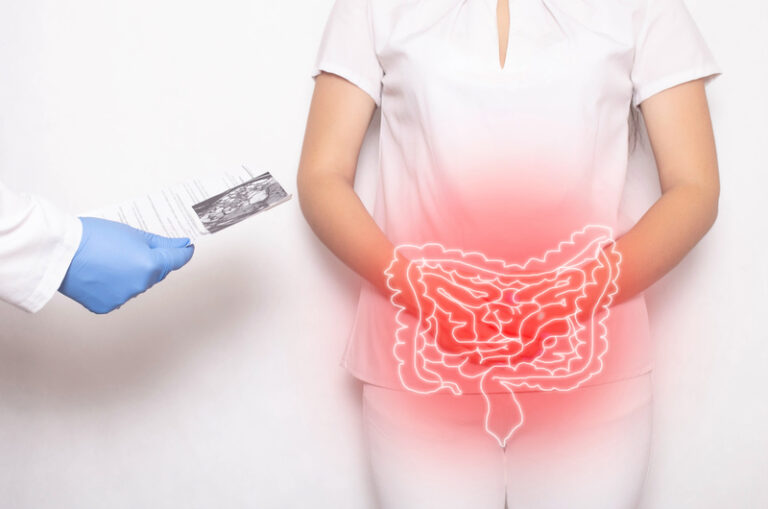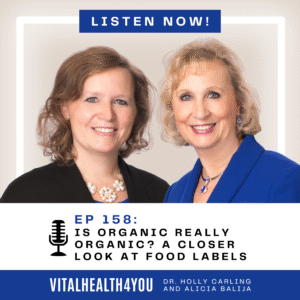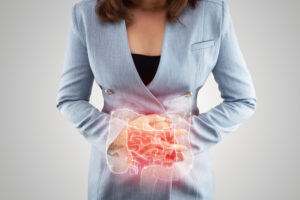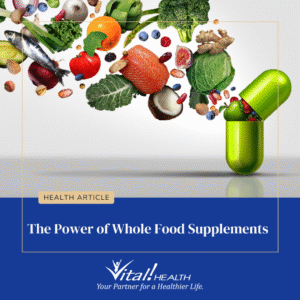Diverticulosis is a common intestinal disorder that affects up to forty percent of Americans over the age of forty. Most people don’t know they have it until it shows up on a diagnostic test, such as an ultrasound or routine colonoscopy. Especially common in Western societies, it occurs in more than half the population of the United States by the sixth decade of life. While the majority of those with diverticulosis remain symptom-free, about twenty percent go on to develop diverticulitis—a painful condition that can lead to hospitalization, surgery and even death.
So what exactly is this condition? Diverticulosis refers to the presence of diverticula–small, bulging pouches that form in the lining of the colon indicating a weakening in the intestinal wall. When one or more of the pouches become inflamed and/or infected, that condition is known as diverticulitis. Diverticulitis commonly results from entrapment of stool in a diverticular pouch, increasing bacteria and pressure, which can lead to infection and abscess formation. In severe cases, there can be leakage of stool into the abdominal cavity leading to blood poisoning.
What causes diverticulosis, and can it be prevented? While the causes are not definitively known, like other digestive diseases diverticulosis is the result of ongoing inflammation and breakdown in the gut. Thus, adhering to a diet that reduces gut inflammation is the key to a strong and functional gut lining!
It is important to note that diverticulosis was not reported in the U.S. until the beginning of the 20th century, with the onset of high sugar, refined grains, and vegetable oils. Obviously, cutting out these types of processed foods is extremely important.
Nuts, seeds, beans, whole grains and especially gluten-containing cereals like wheat that are high in fiber are also high in compounds called lectins that have been shown clinically to damage the mucosal lining of the gut, leading to chronic inflammation. One practical way to lessen the effects of lectins is to do what our ancestors did—sprout, soak, or ferment these types of foods for one to several days before they are consumed. Other practical suggestions for diverticulosis prevention include targeted digestive enzymes to help break down food, using the squatting position for elimination, and chewing food well.
But since digestive health can be complex, acupuncture becomes a very viable method of treatment to reduce pain and inflammation, improve and strengthen digestion, stimulate healing of the gut tissue and regulate immune response, it should be a primary tool to assist in recovery and prevent flare-ups.
At Vital Health, gut health is always a focus; when digestion breaks down, your overall health will always suffer. It is important that digestive challenges are resolved to support your overall health, in addition to your digestive health. Not only do we dig deep to root out the causes of your condition, but we also provide you with individualized diet counseling, whole food supplement recommendations, and acupuncture to heal and prevent reoccurrence of symptoms.
©2022 Darcy Greenwald, M.S.O.M., L.Ac. and Vital Health







